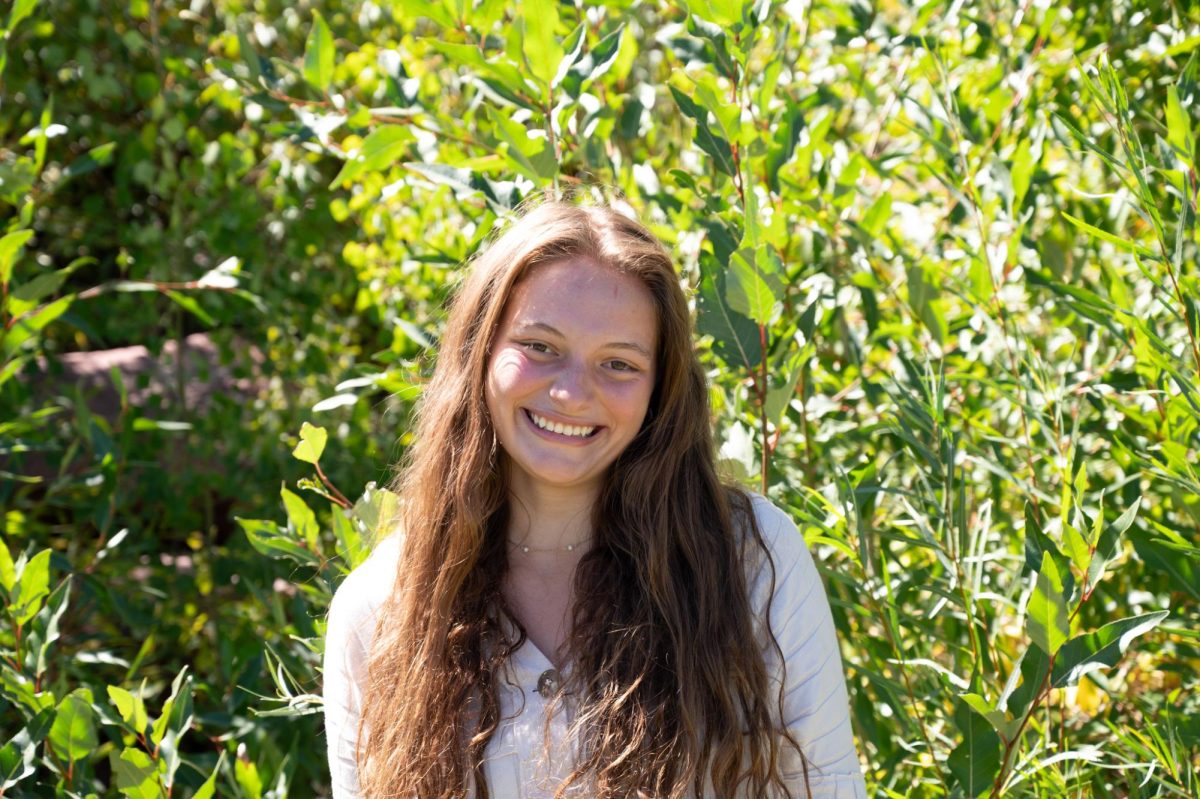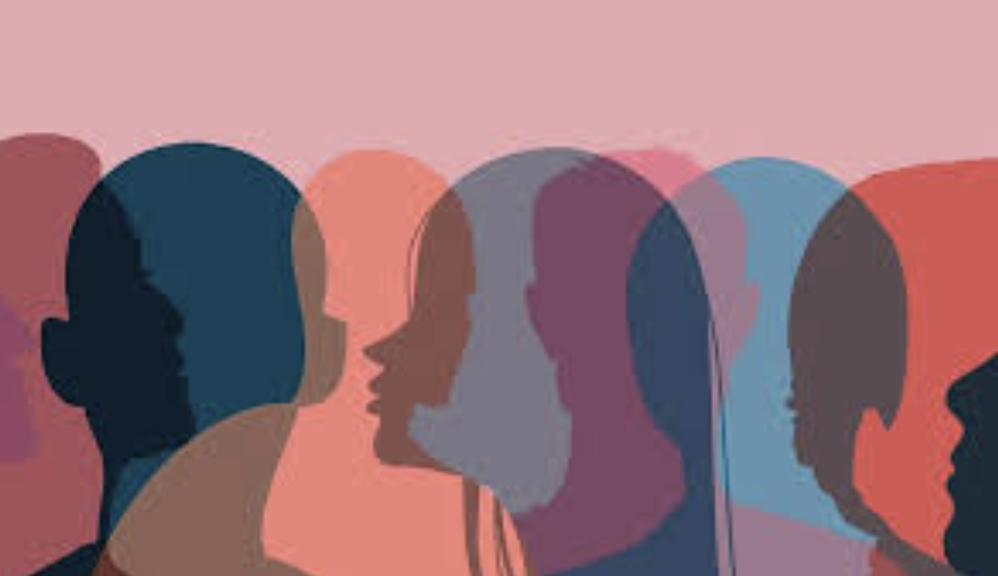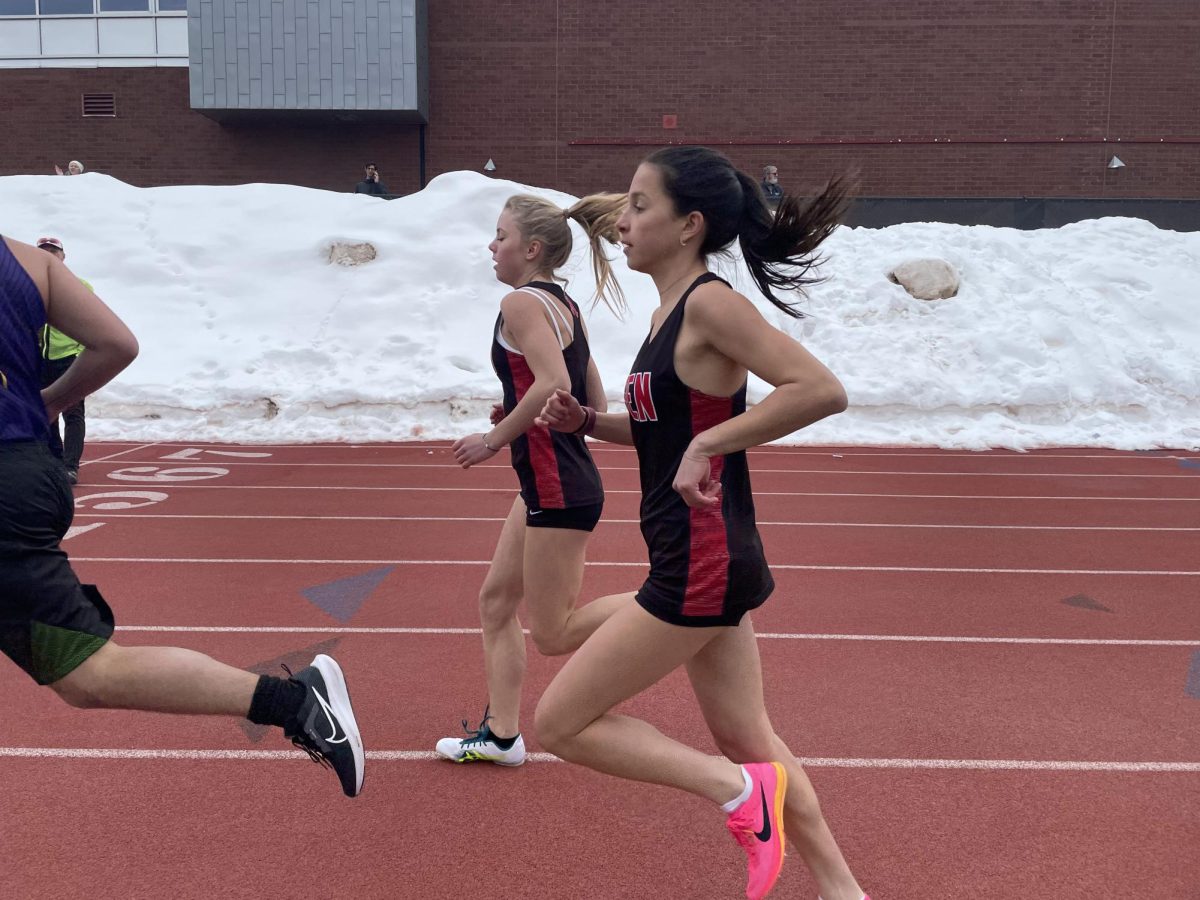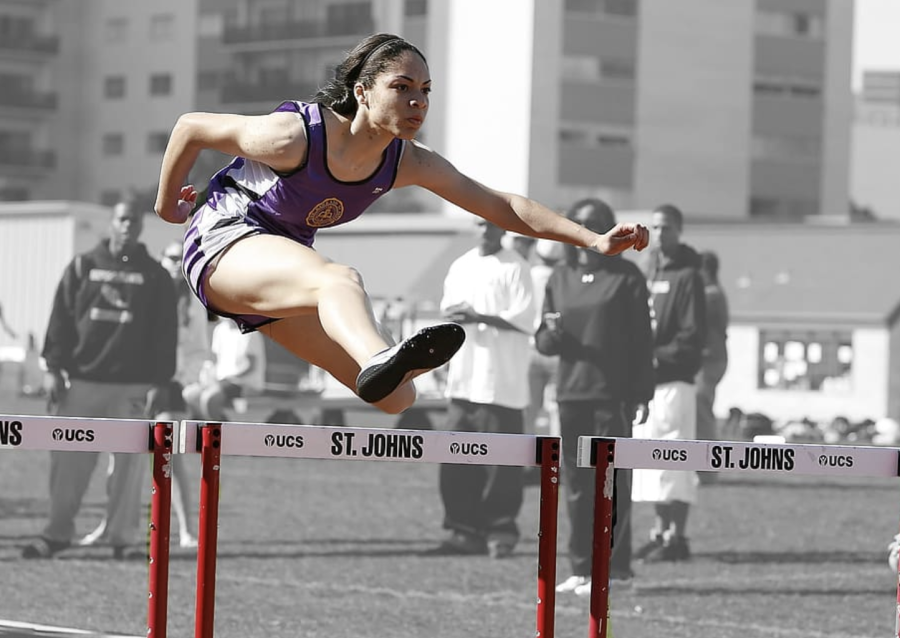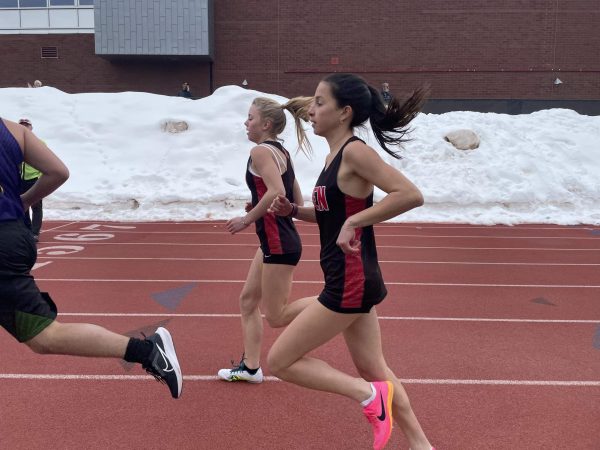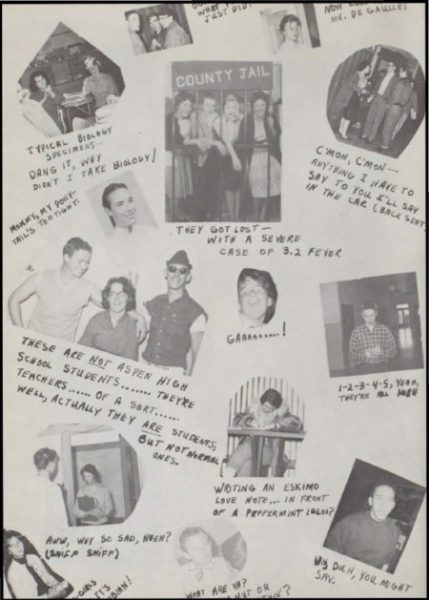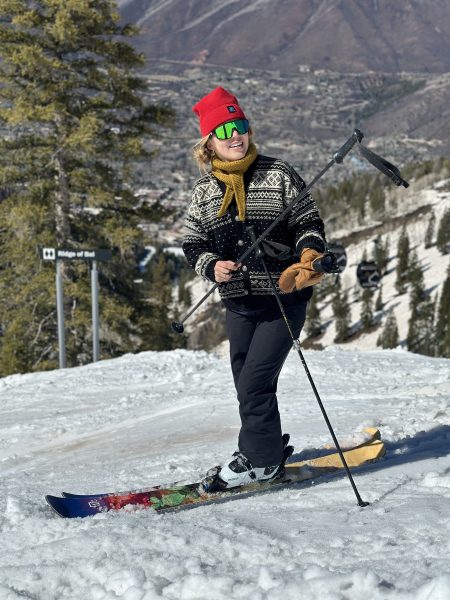Women’s Olympic
Women track athlete jumping over a hurdle at the Olympic Games.
The Olympic games began over 3,000 years ago in Ancient Greece. Originally, women were not allowed to compete in the games. The 1900 Paris games were the first to include women. Out of the 997 athletes, there were 22 women who were accepted to compete. They were allowed to participate in specific events, such as tennis, sailing, golf, equestrian, and croquet.
The IOC, known as International Olympic Committee, referred to as the IOC, was created to support and monitor the organization of the games. The committee makes sure the rules of the Olympic Host Contract and the Olympic Charter are respected and followed at each and every Olympic Games. The IOC is also committed to enforcing gender equality in the games.
According to the Olympic Charter Chapter, they strive “to encourage and support the promotion of women in sport at all levels and in all structures with a view to implementing the principle of equality of men and women.”
A rule was announced in 1991 that any new sport that wants to be held in the games has to be able to have women compete in it. In 2012, the games were held in London and were the first Olympics ever to allow women in all of the events in the Olympic program.
Other Olympic stakeholders have implemented many gender inequality initiatives, making it so that girls and women around the world are able to have more opportunities and access to sports outside of the Olympic Games. In March 2014, the gender inequality Review Project was launched by the IOC. It mandated that there was to be a review of the state of the gender inequality movement in the Olympics to “push gender inequality globally”. The push for equality in the games is not just on the playing field, it also includes the other key functions of the games. In 2022, 10% of the coaches were women and approximately 38% of the Accredited International Technical Officials were women. Those numbers have declined in comparison to the Tokyo games in 2020 when 13% of the coaches were women. However the number of female Accredited International Technical Officials increased by 6%, from 32% to 38%..
While the percentage of women’s ability to participate in the Olympic sports has been at a slow but steady increase, the percentage of women in the administrative and governing bodies of the Olympic remains low. To increase the percentage the IOC has been pushing for the members of the Olympic Movement to set a minimum target of 30% for women’s representation in the governing position by 2020, they asked for this in December 2016.
A group of 22 women in the 1900 Paris Olympic games were the first women to compete. While they were competing some of them were not aware that they were in the games. One of these women was Margaret Abbott, a golf gold medalist from Calcutta, India now known as Kolkata,India. Now the 2024 Paris Olympics will hold the record number of women competing in the games. There are 5250 women, the exact same number as men for the first time in history.
The first woman that received a gold medal was Helene De Pourtales, she was a part of the Swiss crew that sailed the yacht Lerina. The next day the team won a silver medal making her the first women multi mentalist in history. Alice Coachman was the first woman of color to receive a gold medal in the games for high jump and won the US national title 10 times. Coachmen also won many national titles in the 50 meters, 100 meter and 400 meter relay.
In the youth Olympic games, gender equality has also been an issue but in past years the YOG and IOC have been working on making them more equal. The Buenos Aires 2018 games was the first time there was ever equal numbers in the youth Olympics. In the 2022 games in Daka there was full gender equality, not just in equal numbers of competitors but also equal representation of each sporting event. “The agreed gender athlete competition is youthful and completely gender balanced and shows that the IOC continues to develop the Youth Olympic Games that will feature 4500 athletes from all NOC’s” Tomas Batch, the IOC president said.
The games have been struggling to accept gender inequality for a very long time but there has always been an increase in the numbers and percentages even if it is at the smallest number, and recently the games have finally gotten to the point where women are mostly equal. There will always be inequalities in the athletic department and many other fields of work but people have shown that there is a small possibility that the equality gap can get smaller.

Araya is a junior at AHS. She enjoys covering athletics as well as competing in track and basketball. Araya is passionate about accessibility for all athletes....

